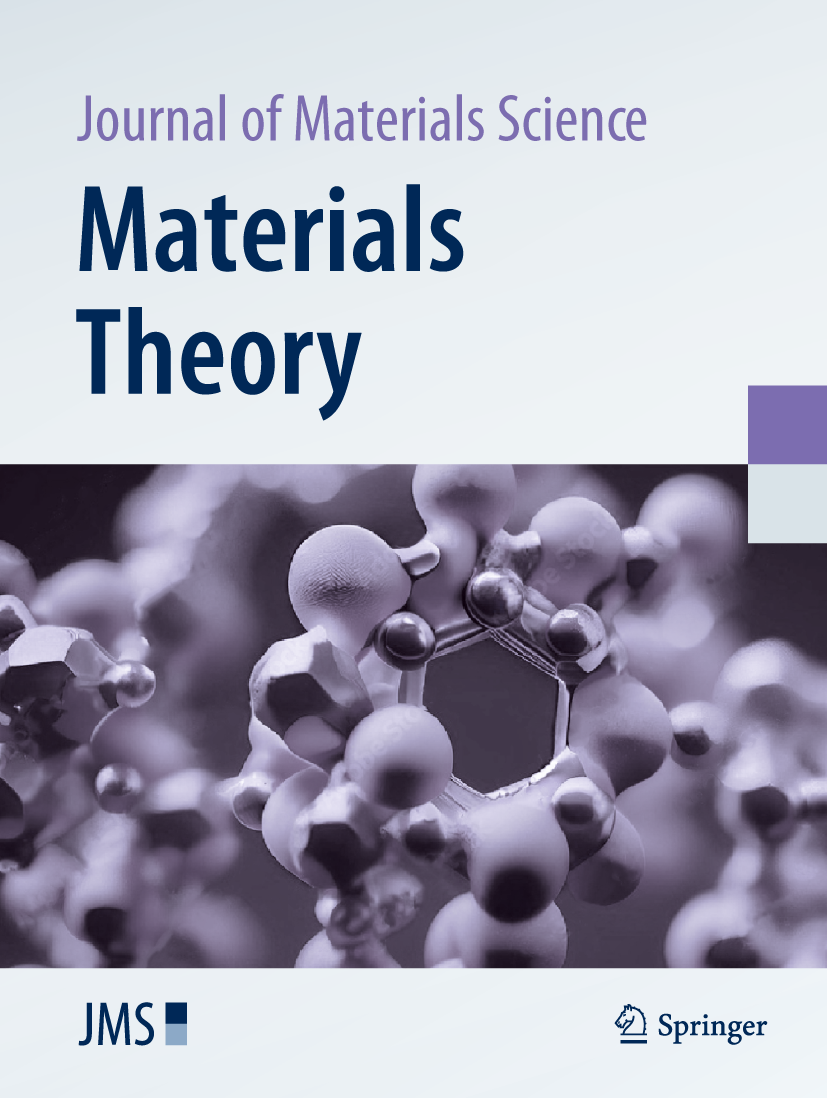VQE method: a short survey and recent developments
Abstract
The variational quantum eigensolver (VQE) is a method that uses a hybrid quantum-classical computational approach to find eigenvalues of a Hamiltonian. VQE has been proposed as an alternative to fully quantum algorithms such as quantum phase estimation (QPE) because fully quantum algorithms require quantum hardware that will not be accessible in the near future. VQE has been successfully applied to solve the electronic Schrödinger equation for a variety of small molecules. However, the scalability of this method is limited by two factors: the complexity of the quantum circuits and the complexity of the classical optimization problem. Both of these factors are affected by the choice of the variational ansatz used to represent the trial wave function. Hence, the construction of an efficient ansatz is an active area of research. Put another way, modern quantum computers are not capable of executing deep quantum circuits produced by using currently available ansatzes for problems that map onto more than several qubits. In this review, we present recent developments in the field of designing efficient ansatzes that fall into two categories—chemistry–inspired and hardware–efficient—that produce quantum circuits that are easier to run on modern hardware. We discuss the shortfalls of ansatzes originally formulated for VQE simulations, how they are addressed in more sophisticated methods, and the potential ways for further improvements.

 求助内容:
求助内容: 应助结果提醒方式:
应助结果提醒方式:


